Indicators Your Company Needs To Improve Its Safety Culture
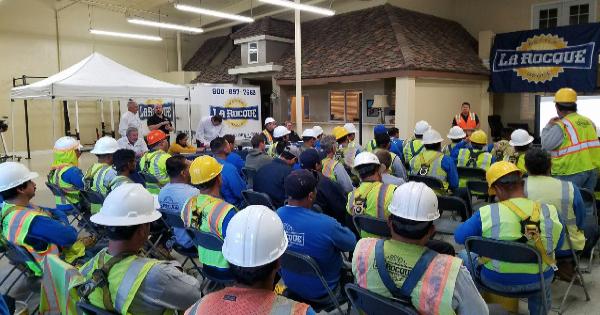
By John Kenney, Cotney Consulting Group.
Avoid OSHA violations and keep crew members safe by improving your company's safety culture.
As professional roofing contractors, we are always thinking about safety — yet our industry is still one of the most high-risk. OSHA statistics show seven of the top ten cited violations and twenty percent of worker deaths occur in construction and on the increase in roofing.
Preventing injuries is essential to achieving an influential safety culture by keeping your workers safe and safeguarding your company simultaneously. As an industry, we need to improve by investing in the proper safety procedures, training, workwear, and supplies to drastically reduce the likelihood of a severe accident or fatality happening on your job site.
If your roofing company is experiencing any of these signs, you need to reevaluate your safety culture:
Inspecting your job sites daily
You need to be performing thorough inspections of your sites daily. This is crucial to ensuring that your workers and clients are not at risk. You must develop a consistent inspection process to keep your employees safe and your business strong.
Employees are getting hurt
If employees regularly get hurt, you need to rethink your process, safety equipment, and how you identify hazards and safety threats. Several months of your safety data will show you the results of your safety procedures and tell you if you need to change your safety protocols. Your goal is not to have even one serious accident, so your data will provide the insight you need to evaluate correctly.
You are not supplying the proper safety PPE or emergency medical supplies
Some of the ordinary everyday PPE your roofers will need to be supplied are hard hats, safety glasses, ear protection, respirators, gloves and safety vests. Other items you should require them to wear in your safety policy are proper shoes per job conditions, long sleeve shirts, and long pants. Not only are you required by OSHA to supply or require these items for the different job conditions your employees encounter, but it also makes common safety sense, and you can not have a winning safety culture without them.
OSHA standards are vague at best to precisely what you are required to have, so it is best to have at least a fully stocked OSHA-approved first aid kit from a vendor that certifies them. These come with what you need, including eye wash kits, so they are available on-site when needed.
Employees are afraid to report risks to your supervisors or management
One of the most significant issues regarding safety is having a poor safety culture where workers might feel afraid or discouraged from bringing up potential risks. Creating a secure, anonymous system of reporting can help curb this issue. Your workers who spend their time on your job sites are best equipped to identify job-site risks.
You are not providing proper safety training
Safety training may seem pretty straightforward, but there are several aspects of roofing issues that must be addressed. The following are just a few of the items your trainer should cover:
- The personal protective equipment (PPE) that is required to be worn and how to use it.
- The types of roofing material they will use and any inherent threats posed by each type of material
- Tools use and safety
- Ladder use and safety
- Hazardous chemicals (asbestos, lead, silica) workers may come into contact with such
- Fall Protection
- Job site injuries and incidents occur because your crew members, supervisors, and subcontractors don't know the site. You can prevent this by doing a specific hazard and site analysis before the roofing project begins. Adding site-specific training and protocols will help prevent daily falls and injuries.
Not conducting toolbox talks
Toolbox talks are done with your crews in groups to specific safety issues. These talks allow your leaders to address critical safety protocols while opening the floor to worker concerns. They can be more effective than training sessions. It is simple enough to implement and is the most effective way to communicate safety messages.
Not performing incident and near-miss investigations
A near-miss is when an event doesn't cause harm but has the potential to lead to injury or accidents. Near-misses and incidents go unreported in companies that don't cultivate a safety culture. This mindset can be extremely dangerous. You can prevent future severe incidents by paying attention to what could have happened.
Poor safety culture and incorrect procedures can leave your crews in danger and your company at risk of liability. These signs are evident if you look for them and have an open environment for your employees to speak of their concerns. Make sure to talk to your team and keep an open dialogue to share vital information to keep everyone safe.
About John Kenney
John Kenney is the Chief Executive Officer at Cotney Consulting Group. Prior to starting Cotney, John had 45 years of experience in the construction industry. John began his career by working as a roofing apprentice at a family business in the Northeast. Because of his skill and hard work, he progressed from roofing laborer to foreman, estimator, chief estimator, Vice President, and Chief Operating Officer with his various companies. John has worked for multiple Top 100 Roofing Contractors and is intimately familiar with all aspects of roofing production, estimating, and operations. In his last role, John was responsible for the daily operations and performance of a large commercial roofing contractor. During his tenure, John ran business units associated with delivering excellent workmanship and unparalleled customer service while ensuring healthy net profits for his company.
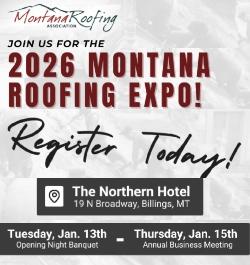


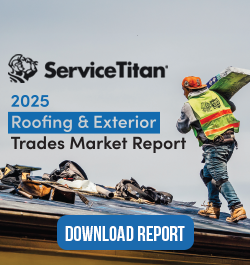





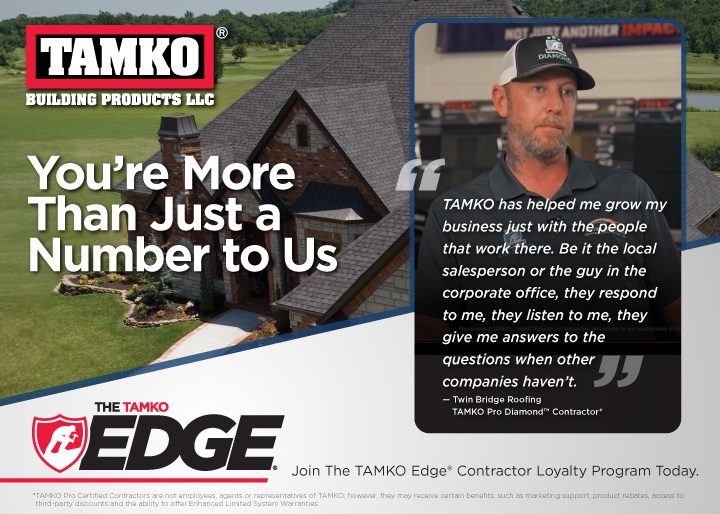




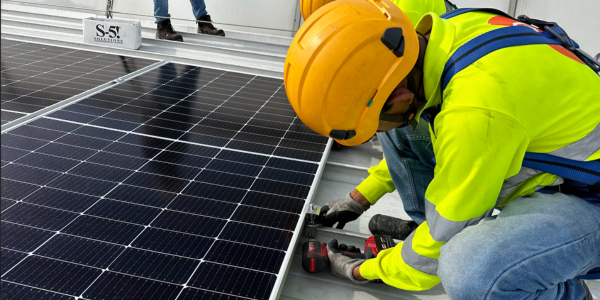
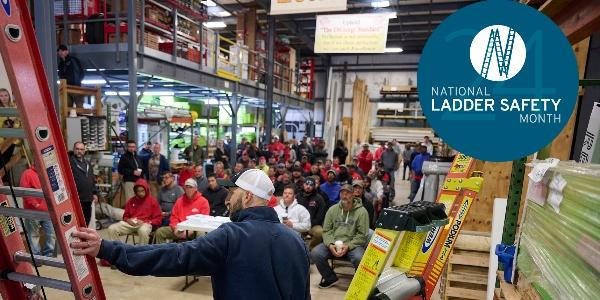


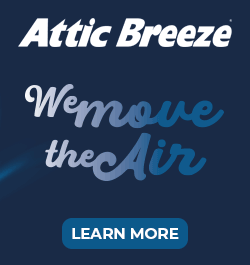


Comments
Leave a Reply
Have an account? Login to leave a comment!
Sign In